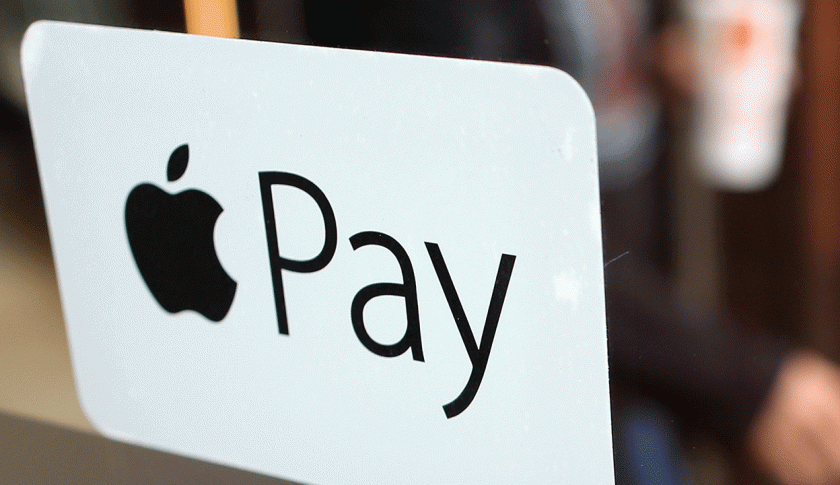
Apple Pay Volume Up 500% In Latest Quarter
By Leena Rao for Fortune
The mobile payment service is adding one million new users each week.
Apple’s mobile payments wallet, Apple Pay, had a record quarter, said CEO Tim Cook on the company’s fourth quarter earnings call on Tuesday afternoon. Users of the mobile payments service completed more transactions in the month of September than the entire year of 2015, he added. Transaction volume was up 500% in the fourth quarter, compared to the same quarter in 2015.
The Apple Pay’s growth is likely the result of the service’s international expansion over the past six months. During the quarter, Apple Pay was available in the United States, the United Kingdom, Switzerland, Canada, Australia, China, France, Hong Kong, and Singapore, with many of those launches taking place in 2016. In the past month, Apple also brought the payments service to Japan andRussia. Cook added on the call that Apple Pay will soon expand to Spain.
In the fall, Apple also expanded the payment service to the web, allowing customers on mobile phones and desktop computers using Apple’s Safari web browser. According to Cook, hundreds of thousands of websites are using Apple Pay for the web. Consumers can also use Apple Pay for goods and services purchased within mobile apps like Uber or Starbucks.
Noticeably missing from Cook’s call was the number of Apple Pay users, revenue from Apple Pay, or what dollar amount the transaction volume grew to over that quarter. Apple hasn’t revealed exact volume or usage numbers in the past two years, but it has said the service adds one million new users each week. Without a baseline usage number or an amount of transactions, it’s impossible know whether the record volume is significant.
Apple Pay was launched in 2014 as a way to let shoppers load their credit card and debit card information onto iPhones’ “mobile wallets.” Customers can then use either their iPhone (or linked Apple Watch) to pay at retail stores equipped with point-of-sale registers supporting near-field communication (NFC) technology, which enables frictionless payments between smartphones and registers. Apple Pay users simply place their phones or watches near the registers’ sensors for payments to be made without swiping a card.
Cook said earlier in the year that according to retailers, Apple Pay now represents 75% of all contactless payments made in the U.S. Apple also faces competition both in the U.S. and internationally from Google’s rival service Android Pay and Samsung Pay.
First appeared at Fortune





